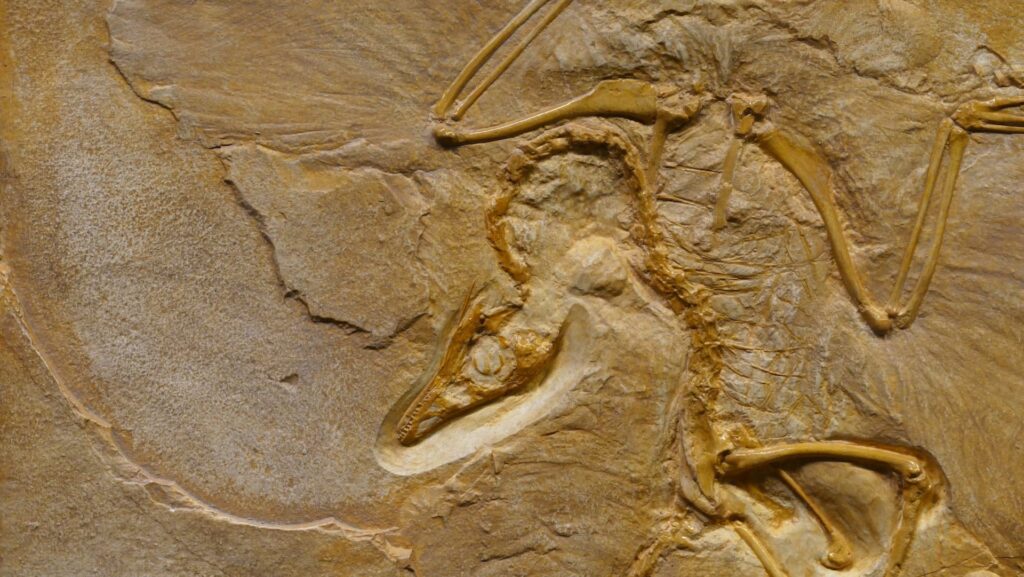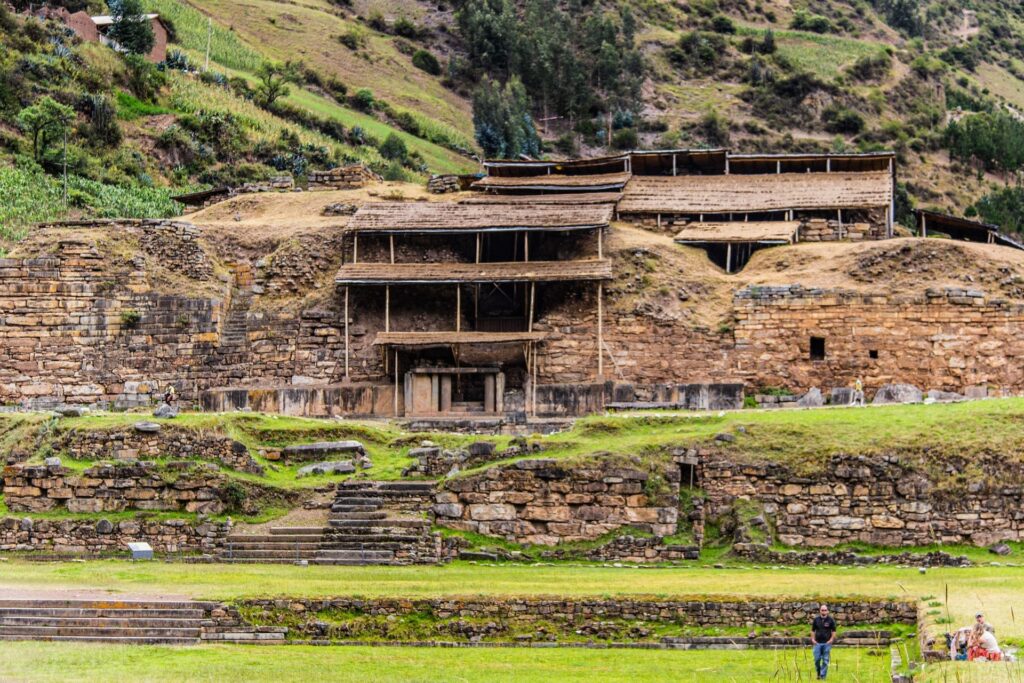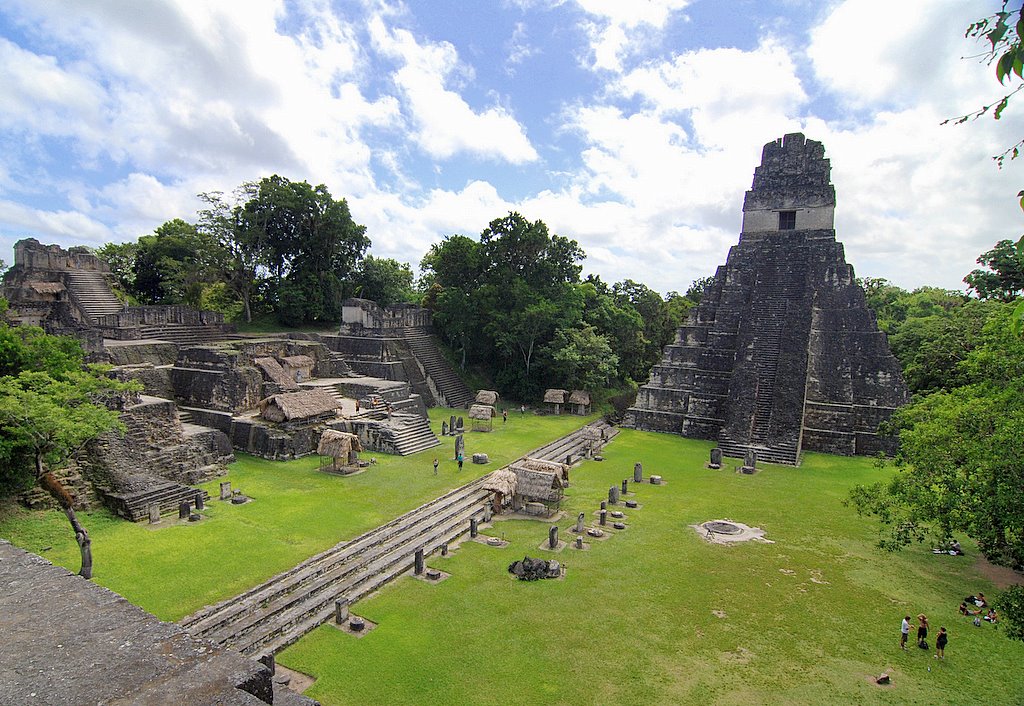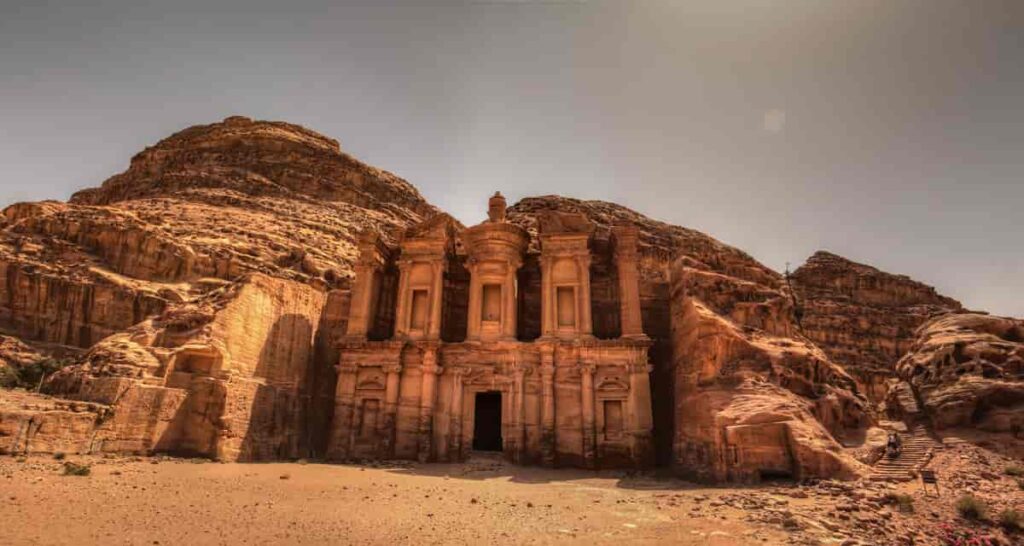
Uses and benefits of archaeological surveying with drones
Aerial Photography and Videography
LiDAR Mapping
Thermal Imaging
Magnetometry and Ground-penetrating Radar
Site Monitoring
Excavation and Analysis
Remote Sensing

Why is the use of drones beneficial to the archaeologists?
High Precision in Inaccessible Areas
Drones can document and record discoveries with high precision and survey previously inaccessible areas, enabling remote sensing and mapping.
Precise Planning
Drones assist archaeologists in planning future digs by providing an aerial perspective of the area under investigation, allowing them to assess the damage caused by natural disasters or human activity and assist in necessary restoration or preservation work.
Prevent Illegal Excavations
Drones monitor and protect archaeological sites by detecting unauthorized excavation activities and alerting appropriate authorities.
Assist in Digital Reconstruction
Drones can aid in the digital reconstruction of ancient sites, creating accurate digital reconstructions of ancient structures and landscapes.
Monitor and Protect Archaeological Sites
By performing site exploration, drones can detect changes or damage to the site caused by natural erosion, human activities, or climate change and provide real-time surveillance and evidence collection for law enforcement.
Non-invasive Method of Exploration
Drones can create detailed maps and models of sites without disturbing the underlying soil and sediment layers, preserving the site's integrity and minimizing the risk of losing valuable historical information.
Some less common benefits
Real-life Examples of Drones Used in Achaeology
1 - Angkor Wat, Cambodia
In 2016, archaeologists used drones to create a high-resolution map of the ancient city of Angkor, the capital of the Khmer Empire, from the 9th to the 15th centuries. The map revealed previously unknown structures and features, such as a giant hydraulic system that was used to manage water throughout the city.

2 - Chavín de Huantar, Peru
In 2012, researchers used drones equipped with a thermal imaging camera to study the underground tunnels and chambers of the Chavín de Huantar temple complex. The thermal images revealed hidden structures and passageways that were not visible to the naked eye.

3 - Stonehenge, United Kingdom
In 2013, archaeologists used drones to create a detailed 3D map of the iconic Stonehenge monument. The map revealed new details about the layout and construction of the site, as well as evidence of previously unknown burial mounds.

4 - Tikal, Guatemala
In 2018, archaeologists used drones to study the ancient Mayan city of Tikal, which was one of the largest and most important cities in the Mayan civilization. The drones were equipped with lidar sensors, which revealed the city's complex network of roads, canals, and agricultural terraces.

5 - Petra, Jordan
In 2016, archaeologists used drones to create a 3D map of the ancient city of Petra, which was carved into the rock by the Nabataean civilization over 2,000 years ago. The map revealed new details about the layout and construction of the city, including a monumental staircase that had been hidden for centuries.


